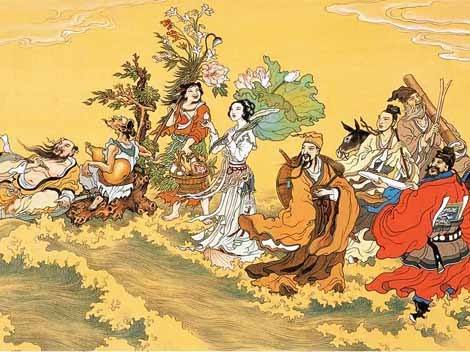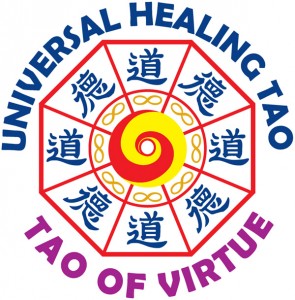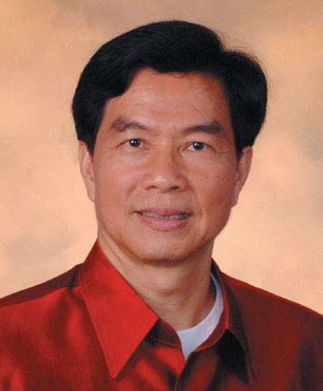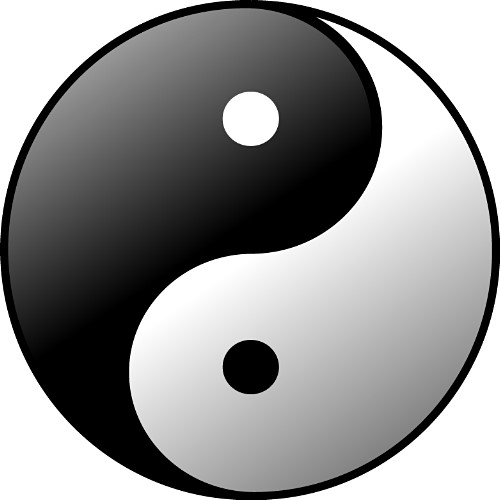
The immortal Taos
In general, Taoist societies were hidden and esoteric most of the time. A teacher passed on his knowledge to a student and all written sources were too metaphorical to be understood by a casual reader without the necessary explanations. The socio-economic changes in the early and mid-20th century had led to the opening of this knowledge to the general public. Taoist teachers arrived in the West, particularly in the United States, where they found the first of their students in the late 1970s.
The system of Universal Healing Tao


Master Mantak Chia is one of those Taoist teachers who had arrived in America and had brought the long kept secret of Taoist practices to his students from the West. This cooperation resulted in the appearance of the first books written in plain language and supported by studies of western medicine.

Mantak Chia is subjected to tests which show that, while awake and practising Taoist methods, his brain emits waves similar to those of a man asleep.
The practices and concepts are already explained and described in detail, and accompanied by numerous drawings. The ancient treatises which seem complicated and incomprehensible have been fully explained. Lots of promotional materials and training films have appeared during this process. A system of logically arranged practices which complement each other has been finally developed as well as a system of training with three main sections.
The first includes basic practices that can improve your health, strengthen your body and balance your emotions. This section also includes Taoist sexual techniques which I will present below. The second major section is the section in which a person can help others and which consists of different therapeutic practices and massages. The third major section includes advanced practices for spiritual development. All practices are arranged in a sequence that allows the smooth and consistent introduction of beginners to them.
It is a great advantage that the development of the system involved a large number of Master Chia’s students from the West who have put rational and logical thinking into it, thus making it suitable for every modern man. This has not happened at the expense of the principles of Taoist tradition. Taoist practices evolve and change according to the requirements of the era, preserving, at the same time, their continuity and the principles on which they were built.
Currently Master Chia is living in Thailand. The headquarters of Universal Healing Tao, the training centre "Tao Garden", is located there too. The word "master" in Taoist teachings is used for everyone who has completed his training with his teacher and, in turn, has the right to teach the whole system of practices, develop it and add to it. Master Chia has obtained this right from his teacher Master Yi Eng. There are instructors in the system who cover different levels which show their learning progress. The mastering of the practices resembles the modern forms of education and every degree is defended with an examination and a test of the skills of the potential instructor.
Basic principles
It is very difficult to write about the essence of Tao. Tao is not God, a saint or idol who can take on a specific shape, or to whom you can address your requests. The word means "path" and we use it to describe the force that is behind everything that exists. Tao is not a religion and does not fit into any frames, so it makes no sense to use big words on the subject. Taoist practices, in turn, are quite specific. They are related to strengthening the body, balancing the mind and emotions, and to developing the full potential of each person.
All practices are based on the assumption that everything on Earth exists in pairs: hot and cold, light and dark, fast and slow, sun and moon, male and female, wet and dry, etc. This division reflects two forces, two principles that can explain everything outside and inside us. These are the Yin and Yang forces:

Balancing these two forces leads to harmony and balance. I will illustrate how this happens in practice in the descriptions of the practices below.